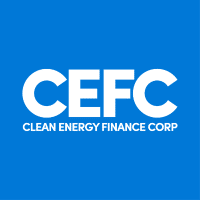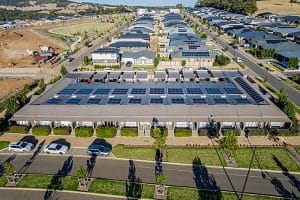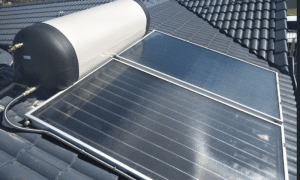The Clean Energy Finance Corporation has issued an update on Australian renewable power, while redefining its priorities for the financial year.
The CEFC made new investment commitments of almost $1.5 billion in the 12 months to June 30 2019. Its investment spread across 30 transactions with a total value of $6.3 billion.
The CEFC is responsible for investing in clean energy projects on behalf of the Australian Government. It invests $10 billion in government funding in clean energy projects like wind farms and solar power arrays.

CEFC investment in Australian renewable power returned
The CEFC put a record $1.3 billion into the clean energy sector in the 12-months to June 30.
“In addition, a record $320 million in CEFC finance was repaid in FY19,” CEO Ian Learmonth said in a statement.
Because of this, Learmonth said the Corporation can make a “positive return on investments” and reinvest on behalf of the nation.
CEFC 2019 Financial Year (FY19) highlights:
- Commits almost $1.5 billion to new clean energy investments in year to June 30
- Record $320 million in CEFC finance repaid in one year, for re-investment in new projects
- FY19 performance to underpin increased focus on grid stability and large-scale storage
New commitments in FY19 included $940 million in renewable energy and also $524 million for energy efficiency and low emissions projects.
The Australian renewable power update also states that each CEFC dollar invested in FY19 was “matched by more than $3 from the private sector”.
Learmonth said the CEFC is looking “to extend into new frontiers in low emissions energy generation”.
“Key priorities for FY20 and beyond will include projects and technologies to deliver a stronger, more reliable grid, to take advantage of Australia’s robust renewable energy resources and support the transition to a distributed energy model.”
AEMO also calls for Australian renewable power investment
This echoes concerns of the Australian Energy Market Operator, which recently reiterated the need for grid-scale storage and more networks.
AEMO said energy storage makes wind and solar power systems resilient to weather events. It then added that a network of large-scale storage like batteries and hydro plus household batteries, creates an “all-weather” solution.
The CEFC update also states that investments in Australian renewable power will “increasingly target new technologies” including:
- Pumped hydro storage
- Large-scale batteries
- Behind-the-meter generation (i.e. rooftop solar)
These, Learmonth continues, will then “take advantage of Australia’s robust renewable energy resources and support the transition to a distributed energy model”.
This ‘distributed energy model’ means moving away from a few coal-fired power stations as the focus of electricity production.
Instead, a distributed energy model is an ‘electricity internet’ of solar panels, solar farms, wind farms, hydroelectric plants and fossil-fuelled power generators, all communicating and feeding power to the grid.







































